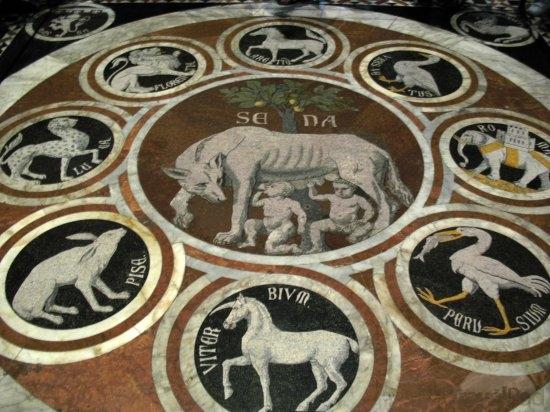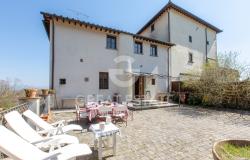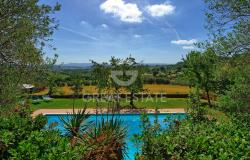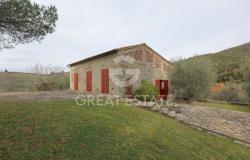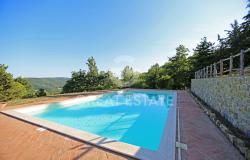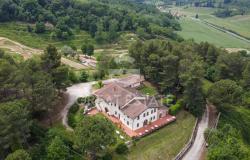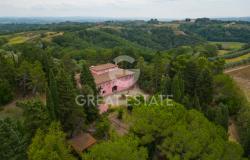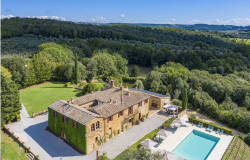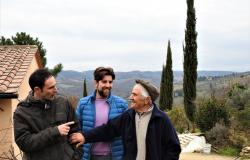words by Carol King
This weekend you will have the last chance to visit Siena Cathedral's magnificent mosaic floor on show to the public until the 24th of October.
The inlaid marble mosaic floor is one of the most ornate of its kind in Italy, covering the whole floor of the cathedral. Each year it is uncovered for a short time to reveal the Renaissance mosaics that took local artists 500 years to create. Renaissance critic Giorgio Vasari described the stunning mosaic floor as “the most beautiful...largest and most magnificent...that ever was made.”
Consisting of 56 marble panels, the floor was created between the 14th and 18th centuries. The preparatory cartoons for the panels were done by 40 Sienese artists, including Early Renaissance painter and sculptor Neroccio di Bartolomeo de’ Landi, and Mannerist painter Domenico Beccafumi. Umbrian Renissance painter Bernardino di Betto, nicknamed ‘Pinturicchio’ (little painter), authored the ‘Allegoria del Monte della Sapienza’ (Allegory of the Hill of Wisdom) panel in 1505.
To transfer the artists’ ideas onto the floor, local artisans used the graffito technique, scratching outlines onto slabs of white marble using a chisel and a drill, before filling them with black stucco. In later years the marble intarsia technique was employed, whereby coloured marble was then added in much the same way as with wood inlaying, resulting in vivid compositions using black, white, green, red and blue marble.
The panels depict allegorical, mythological and Biblical scenes. Most of the panels are rectangular, but the later panels in the transept are hexagonal and lozenge shaped. The earliest panels date to the Middle Ages. The ‘Ruota della Fortuna’ (Wheel of Fortune) was laid in 1372 and restored in 1864. The ‘Lupa che allatta Romolo e Remo’ (She-Wolf Suckling Romulus and Remus) dates from 1373 and was restored in 1864; the she-wolf is the symbol of Siena and refers to the mythological tale of the city’s foundation by Aschius and Senius, who were the sons of Remus.
It costs €6 to take a guided tour to see the mosaics.
